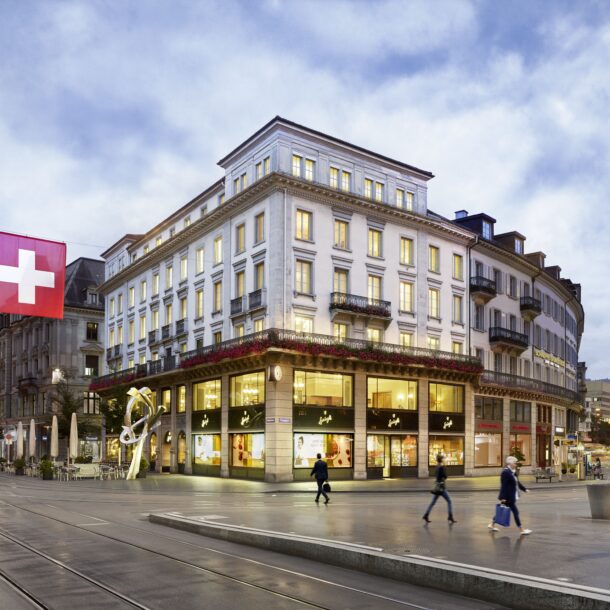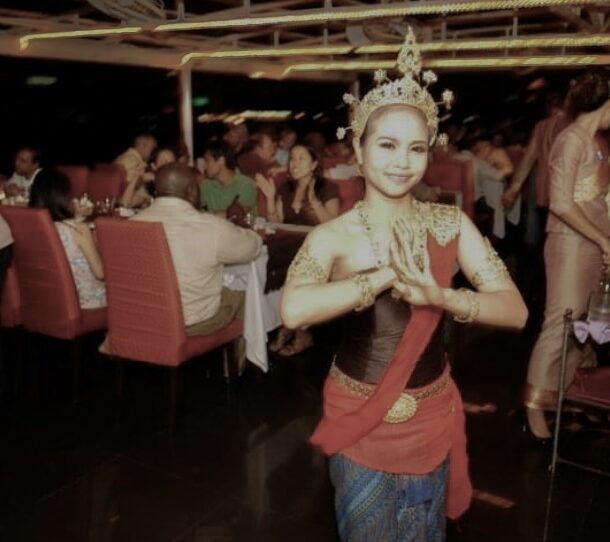
Little Wonders of the Desert
After trekking miles across Khartoum, and surviving the desert’s scorching heat, we finally settled into our four-wheel-drive vehicle. The maze of sand dunes surrounded by dust patches was the only thing visible from our window.
Our four-wheel has survived the worst; we finally disembark and get welcomed by a smiling Sudanese man. The farm appears serene and somewhat deserted; a breath of dusty air from the desert pierces our nostrils. As we walk inside, we notice a variety of trees with skinny barks. A man carefully taps the bark while another picks up dry pieces of gum on the smeared surfaces of the bark.
“Al salaam alekum,” he says in Arabic, a literal translation for ‘peace be with you.’ “Wa alekum al salaam,” we reply. He is one of many tappers working on a recent project to collect dry Gum Arabic pieces. The tappers work under the sun’s scorching heat, cutting the various acacia trees while leaving gaping wounds for the exudate to flow.
We watch the tappers closely tapping the bark of an acacia tree. What they are tapping out of the bark is a much-sought commodity. The tapers know when the tree is ready for cutting and when to pick up the dry exudate. One of the tappers opens his palms, showing us how the exudate looks when it dries. In the beginning, the exudate is soft and somewhat moist. After several hours in the sun, it becomes dry enough and ready for picking.
For an acacia tree to produce Gum Arabic, the exudate would take roughly 45 days to begin seeping out of the bark. After several days, it dries, forming a round bubble that the tappers usually collect. We are told that the best quality of Gum Arabic comes from the Acacia Senegal, of which Sudan produces 90 percent. The interest in growing it extends vastly across Sudan, even in distant areas like Darfur. The growing regions of Gum Arabic extend from Kordofan to northern Darfur, where dry heat and lack of water provide the best growth setting.
Gum Arabic is a much-valued commodity. The demand for its growth has improved Sudan’s economy. The export process now takes less than it used to. The installation of modern machinery has enabled faster processing, replacing manual labor.
Tapping and hand-picking Gum Arabic is still done manually. The gum is placed in sacks and grouped according to quality. Experienced traders learn to categorize gum according to its type and quality. The traders then sell the Gum Arabic to companies, where it is taken to factories for cleaning, packing, and shipping.
“Why is Gum Arabic such a sought-after commodity?” you might wonder. Because Gum Arabic is water-soluble, it has numerous uses. The powdered version of Gum Arabic is used in manufacturing creams, hair lotions, and even lipstick. Scientists believe that Gum Arabic is a perfect substance binder. Its chemical substances make particles adhesive. Around the world, Gum Arabic is used in a variety of beverages, from Diet Coke to Ginger ale. It has even been used in making cake icings.
The uses of Gum Arabic are innumerable. Even in the print industry, Gum Arabic is used to formulate ink to keep it from fading on paper. Chocolate and candy manufacturers add Gum Arabic to remove stickiness to make their products intact and chewable.
We were told that the moors of the desert used Gum Arabic as a source of nutrition when they ran out of food because it provided them with vitally needed nourishment. Our guide insists on giving us a few pieces to take. Some Gum Arabic pieces are brighter than others. The gum’s colour occasionally changes because of the heat. Its quality, however, is determined when it is finally sorted in the packaging process.
Before we leave, a customer arrives to get his share. The prospective purchaser eyes the sacks carefully before they get on the scale. The ability to bargain is indispensable. The man carries the sacks. “Besem Allah,” he says, meaning ‘in the name of god.’ Having stayed for a long while, we were ready to leave, yet bargaining continued loudly and enthusiastically.
“Take some more,” our guide tells us. Undoubtedly, this means continued business. We were happy to visit a Gum Arabic farm in Sudan and see those little wonders blooming in the midst of the desert!



